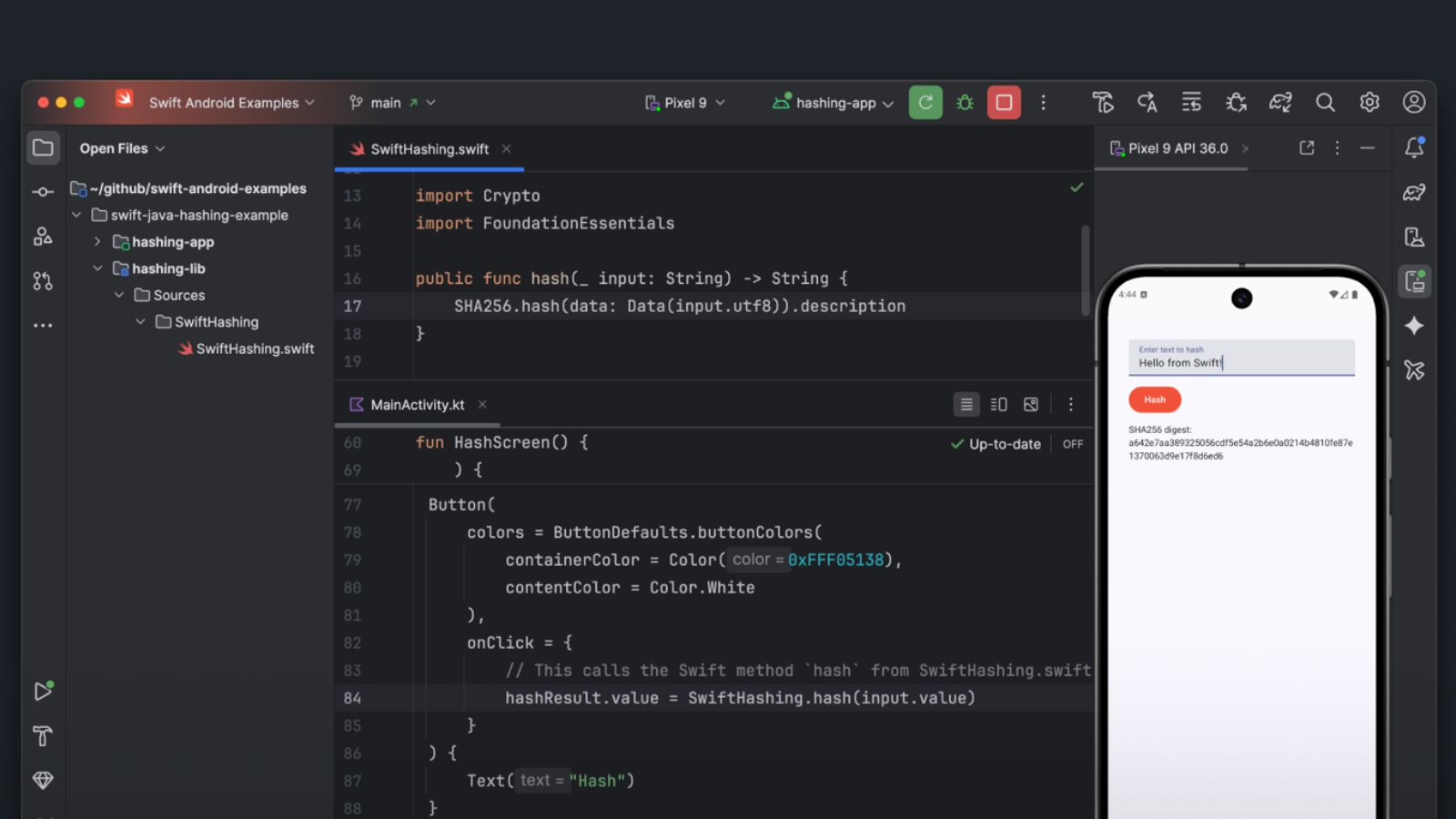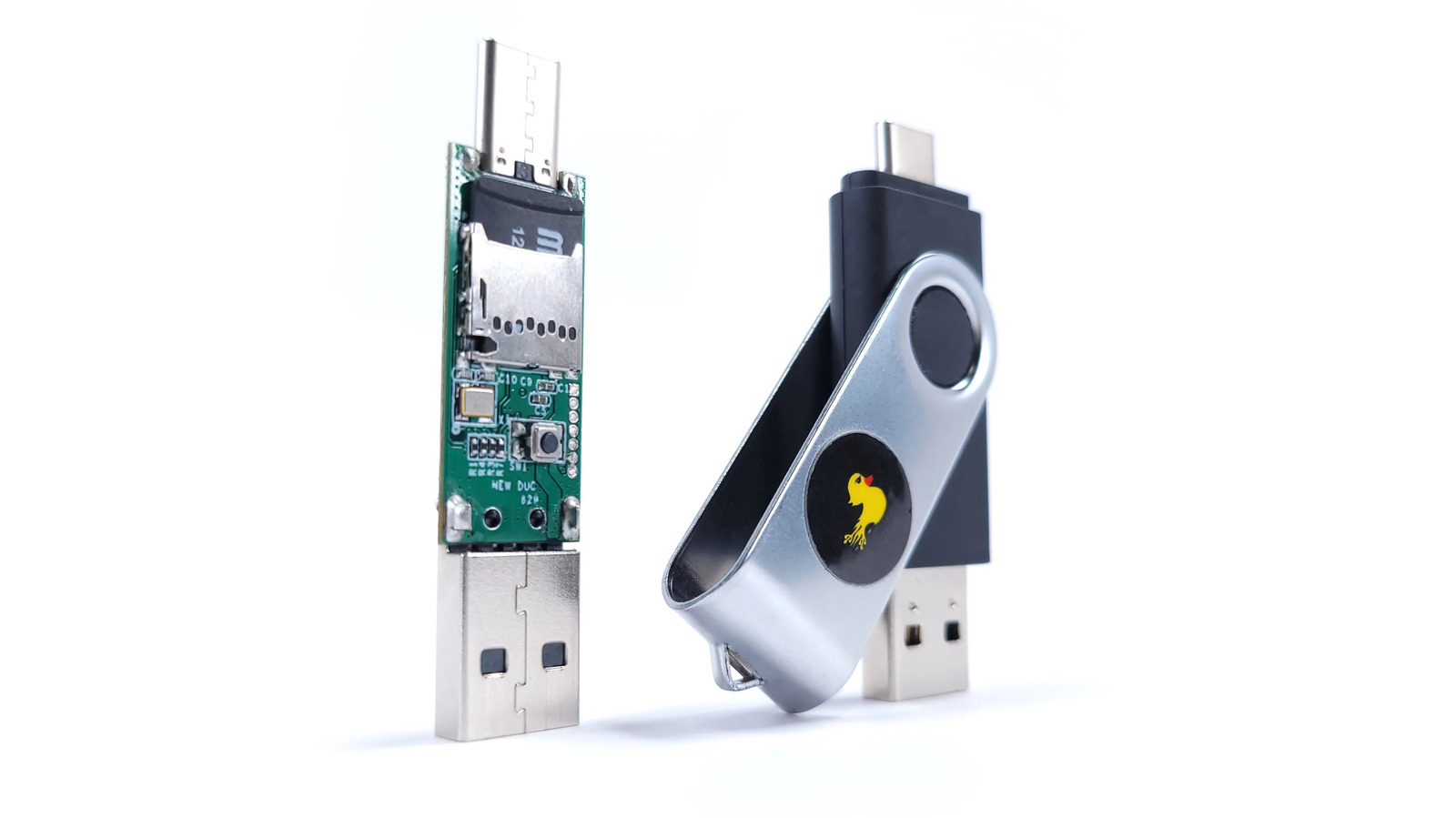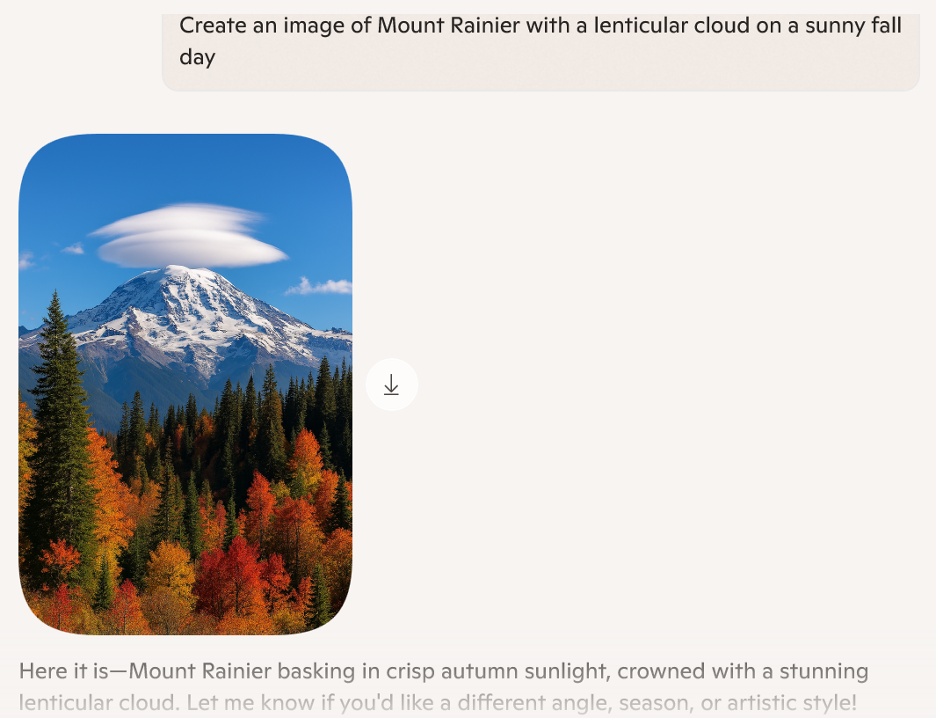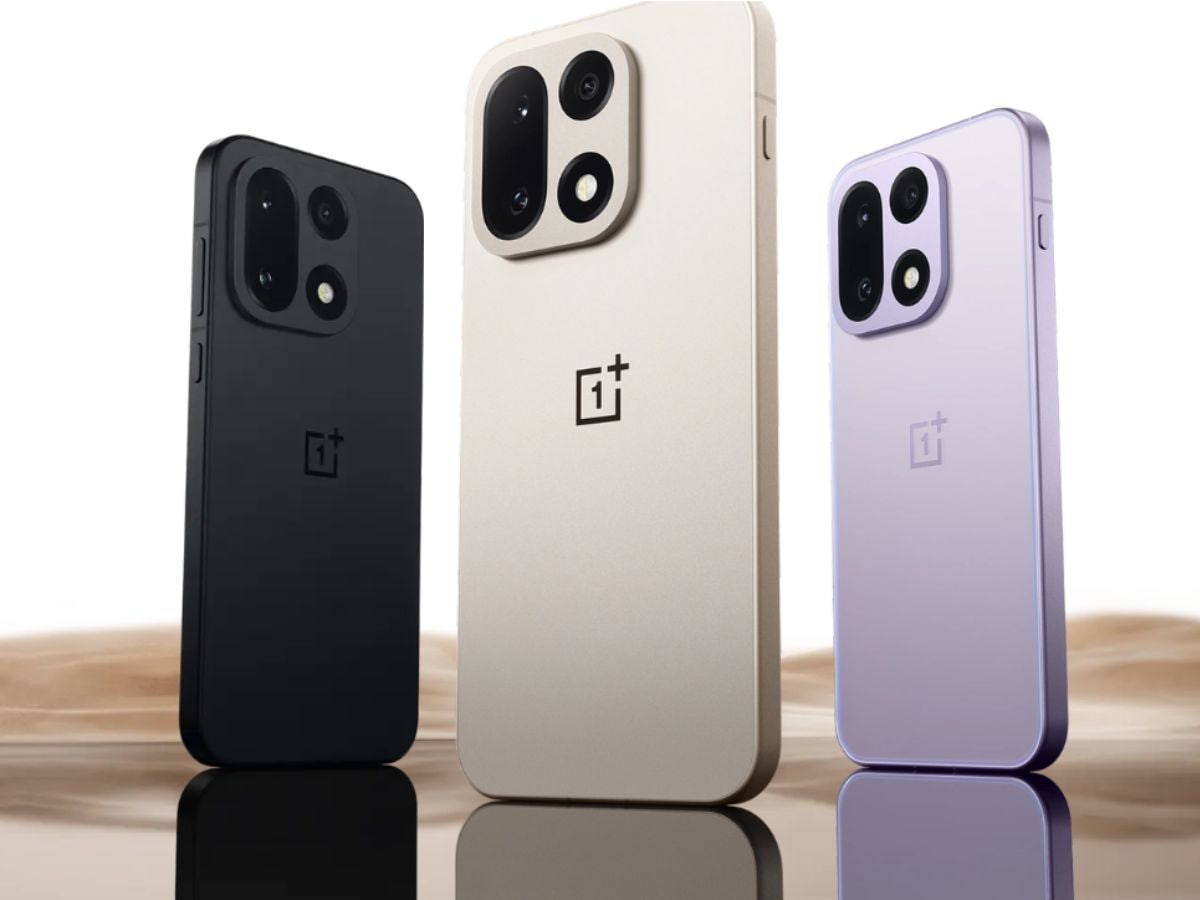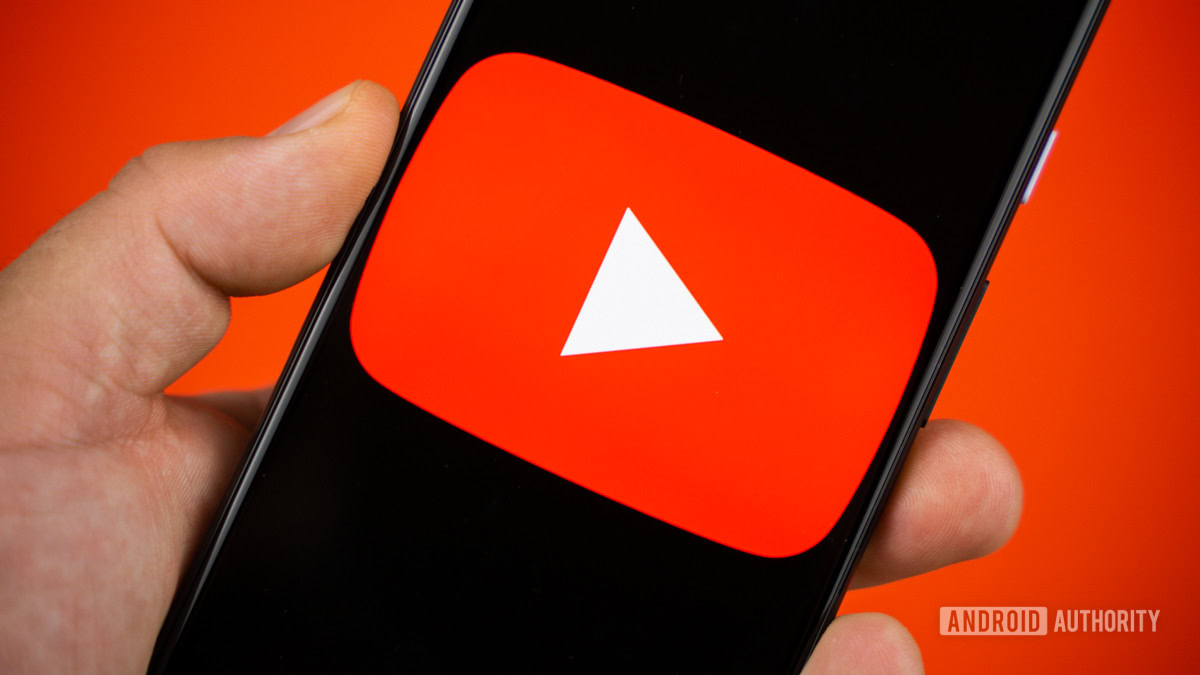The Federal Trade Commission (FTC) last month reached a $2.5 billion settlement with Amazon over its “deceptive” Prime subscription tactics. Of that total, $1.5 billion will go toward consumer payouts, which are expected to be released by year’s end.
“The evidence showed that Amazon used sophisticated subscription traps designed to manipulate consumers into enrolling in Prime, and then made it exceedingly hard for consumers to end their subscription,” FTC Chairman Andrew N. Ferguson said in announcing the deal.
Who Is Eligible for a Payout?
Money will initially be disbursed in two ways: through auto-payments and via a claims process.
Automatic Payout
If you accidentally subscribed to Amazon Prime through what this lawsuit calls a “Challenged Enrollment Flow” between June 23, 2019, and June 23, 2025, and used no more than three Prime benefits in a 12-month period, Amazon will automatically send you up to $51.
People in this group don’t need to submit any claims to get paid, and Amazon is supposed to distribute funds within 90 days of this Sept. 25 court filing, which is Dec. 24, 2025.
If there are too many people in this group for everyone to get $51, the money will be prorated.
Claims Process
If there’s money left over once the automatic payouts are made, Amazon will establish a claims process for people who accidentally subscribed to Prime and used no more than 10 benefits within a one-year period. Amazon will send out claim forms to eligible customers within 30 days of completing autopayments (late January), and those people will have 180 days to respond. Amazon then has 30 days to accept or reject the claim.
Is That the Only Way to Get Paid?
If the automatic payments and the first round of submitted claims are less than $1 billion, Amazon will do another round of automatic payments, starting with those who used no more than four Prime benefits in a year, before moving up to five, and then six, etc., until the fund is exhausted.
Should I Do Anything Now?
No, the process just started, so keep an eye on your inbox or mailbox for news from Amazon if you’re expecting a payout. The FTC also recommends you bookmark FTC.gov/Amazon and sign up to get email updates about the refund program.
How Did We Get Here?
The FTC sued Amazon in 2023, alleging that it “knowingly duped” millions of US consumers into signing up for a Prime subscription. The case was set to go to trial last month, but Amazon avoided that by agreeing to this settlement.
That evidence included documents showing that Amazon executives “discussed these unlawful enrollment and cancellation issues, with comments like ‘subscription driving is a bit of a shady world’ and leading consumers to unwanted subscriptions is ‘an unspoken cancer.'” Two Amazon executives were charged for their role in the scheme: SVP Neil Lindsay and VP Jamil Ghani.

Get Our Best Stories!
Your Daily Dose of Our Top Tech News

By clicking Sign Me Up, you confirm you are 16+ and agree to our Terms of Use and Privacy Policy.
Thanks for signing up!
Your subscription has been confirmed. Keep an eye on your inbox!
Recommended by Our Editors
“Amazon and our executives have always followed the law, and this settlement allows us to move forward and focus on innovating for customers,” says Mark Blafkin, Amazon spokesperson. “We work incredibly hard to make it clear and simple for customers to both sign up or cancel their Prime membership, and to offer substantial value for our many millions of loyal Prime members around the world. We will continue to do so, and look forward to what we’ll deliver for Prime members in the coming years.”
The settlement requires Amazon to “make meaningful changes” to how people enroll in Prime and cancel their subscriptions. That includes introducing “a clear and conspicuous button” for customers to decline Prime, which would replace the less-direct button that reads, “No, I don’t want Free Shipping.”
Amazon also needs to be more transparent about the terms of Prime during the enrollment process, including the cost, billing date, and frequency of charges, as well as whether the subscription auto-renews and how customers can cancel. Speaking of cancellations, Amazon must create “an easy way” to do it that is not costly or time-consuming. It has to be available using the same method that consumers signed up for Prime.
Finally, Amazon must pay for an independent, third-party supervisor to monitor its compliance with these changes. However, sources tell us Amazon has already implemented many of them.
The FTC has another open case against Amazon, backed by 18 states and Puerto Rico. They allege the tech company “is a monopolist that uses a set of interlocking anticompetitive and unfair strategies to illegally maintain its monopoly power.” The case is ongoing.
About Our Experts

Chloe Albanesius
Executive Editor, News
Experience
I started out covering tech policy in DC for The National Journal, where my beat included state-level tech news and all the congressional hearings and FCC meetings I could handle. I later covered Wall Street trading tech before switching gears to consumer tech. I now lead PCMag’s news coverage and manage our how-to content.
Getting my start in DC means I still have a soft spot for tech policy; Congressional hearings can sometimes be as entertaining as a Bravo reality show, for better or worse. But PCMag is all about the technology we use every day, as well as keeping an eye out for the trends that will shape the industry in the years ahead (or flop on arrival). I’ve covered the rise of social media, the iOS vs. Android wars, the cord-cutting revolution that’s now left us with hefty streaming bills, and the effort to stuff artificial intelligence into every product you could imagine. This job has taken me to CES in Vegas (one too many times), IFA in Berlin, and MWC in Barcelona. I also drove a Tesla 1,000 miles out west as part of our Best Mobile Networks project. Of late, my focus is on our hard-working team of reporters at PCMag, guiding and editing their robust coverage of satellite internet efforts, electric vehicles, the latest cyberattacks, AI, and more.
I wouldn’t consider myself an early adopter; I hung on to my iPhone XR until I traded up to an iPhone 15. My aging Apple Watch Series 4 was finally replaced by a Series 10 last year. On the desktop, it’s all Windows for me. I’ve tried macOS, but alas it is not for me.
Latest By Chloe Albanesius
Read Full Bio

Emily Forlini
Senior Reporter
Experience
As a news and features writer at PCMag, I cover the biggest tech trends that shape the way we live and work. I specialize in on-the-ground reporting, uncovering stories from the people who are at the center of change—whether that’s the CEO of a high-valued startup or an everyday person taking on Big Tech. I also cover daily tech news and breaking stories, contextualizing them so you get the full picture.
I came to journalism from a previous career working in Big Tech on the West Coast. That experience gave me an up-close view of how software works and how business strategies shift over time. Now that I have my master’s in journalism from Northwestern University, I couple my insider knowledge and reporting chops to help answer the big question: Where is this all going?
Read Full Bio


